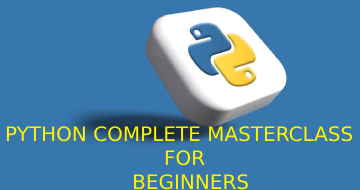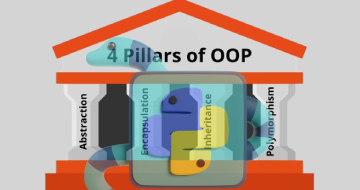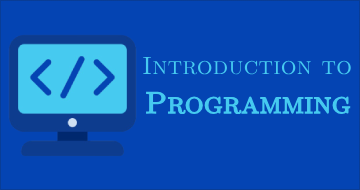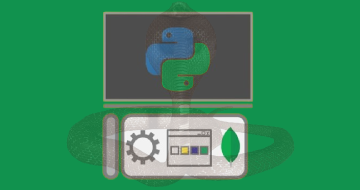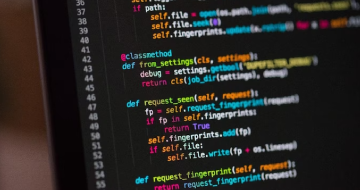IIRF Online > Office Productivity > Other Office Productivity > Programming Fundamentals > Programming Fundamentals
Programming Fundamentals by Coursera
Skills you will learn!
Curriculum
20 Topics
Why You Should Learn to Program
Stepping Through An Algorithm
Testing an Algorithm for a Numerical Sequence
A Pattern of Squares
Testing a Pattern of Squares
Drawing a Rectangle
Closest Point
Generalizing Closest Point
Programming: Plan First Then Code
Overview of the Seven Steps
Algorithms
Step 1: Work an Example Yourself
Step 2: Write Down What You Just Did
Step 3: Generalize Your Steps
Step 4: Test Your Algorithm
A Pattern of Squares
Next Steps
Algorithms
Steps 1–4
Algorithm Practice
37 Topics
Why You Should Learn to Read Code
Declaring and Assigning a Variable
Examples of Expressions
Using Functions for Abstraction
Execution of Function Calls
Printing Example
Execution of If/Else
Execution of Switch/Case
While Loops
Equivalent For and While Loops
Execution of Nested Loops
Execution of Continue
Declaring a Variable
Assigning a Variable
Expressions with Common Operators
Anatomy of a Function
How to Evaluate a Function
Scope
Printing
Conditional Statements
If/Else
Switch/Case
Shorthand
Loops for Repetition
While Loops
Do/While Loops
For Loops
Continue and Break
Higher-level Meaning
Reading Code
Variables and Expressions
Functions
Printing
Logical Operators
Conditional Statements
While Loops
Loops
32 Topics
Introduction to Types
Types and Formatted Output
Type Conversion
Everything Is a Number
Struct for a Rectangle
Uses of Typedef
Enumerated Types
A Duke Software Engineering Student on the Importance of Planning
Converting between Decimal and Binary
Looking under the Hood
Basic Data Types
char
int
float and double
Printing redux
Expressions Have Types
Type Conversion
Casting
Overflow and Underflow
"Non-numbers"
Strings
Images
Sound and Video
Structs
Typedef
Enumerated Types
Types
Decimal Hex and Binary
Basic Data Types
Expressions Have Types
"Non-numbers"
Complex Custom Data Types
4 Topics
Importance of Writing a Specific Algorithm
Introduction to Sorting
Sample PB&J Algorithm with Feedback
Writing a Sorting Algorithm
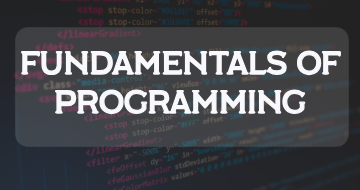
Programming Fundamentals
